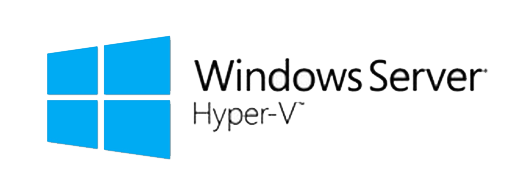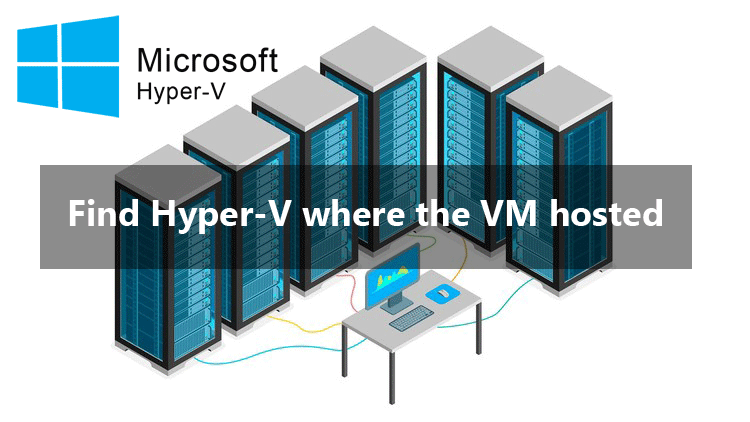Hyper-V Live Migration error: “The operation is not supported”
Issue When you run the Hyper-V Live migration or move the storage location of the VM on the Stand-Alone Hyper-V server (Not Cluster), you got the following error: And In the Hyper-V-VMMS event log, there is the following entry: Log Name: Microsoft-Windows-Hyper-V-VMMS-Admin Source: Microsoft-Windows-Hyper-V-VMMS Date: 7/29/2019 12:07:42 PM Event ID: 20923 Task Category: None Level: […]
Hyper-V Live Migration error: “The operation is not supported” Read More »





